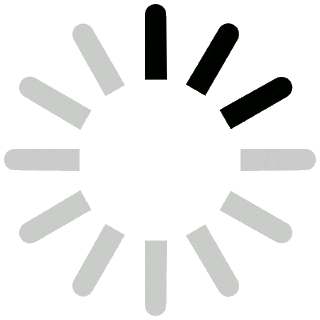Microdosing Cannabis Applications and Benefits

Why bother? Why start small and not jump in big time? If cannabis is not addictive or dangerous, why not go all the way?
Microdosing does not apply solely to cannabis. It refers to administering small doses of something and notching up the dose until “favorable” results are reported. For example, elderly patients are often given their medications on a schedule that gradually increases their intake. Because no two patients are the same, doctors seek the most effective results by focusing on the necessary dose. Any given dose may be too much for one patient and not enough for another.
This is especially important in several areas. First, some medications are so expensive that a given patient may not require full dosing. Second, micro-dosing helps administrators determine if the patient would benefit better from infusions, pills, or powders. Third, a too-large dose may cause undesirable side effects. Fourth, regarding painkillers or chemotherapies, dosing accuracy is of new importance.
Microdosing and psychoactive pharmaceuticals
Microdosing has played a vital role in the administration and consumption of psychoactive chemicals. It has been making big news lately in Silicon Valley and across work in other economic sectors that value focus, clarity, and creativity under pressure.
These workers have been trying small doses of (1) psychedelics, including LSD or psilocybin, (2) Nootropics, including caffeine and nicotine, and (3) allegedly, “smart drugs” like Ritalin (methylphenidate).
Users and consumers try 1/10 to 1/20 of a standard dose for:
Increased levels of creativity
More energetic focus
Reduced anxiety and depression
Improved self-awareness, emotional connectedness, and spiritual awareness there is a
A central problem here. Users need some metric for determining results. Individuals may not be the best observers of their success, and because a number of these substances are addictive and self-destructive, the user may not be the best judge of when to stop dosing or increase the dose.
Microdosing and recreational cannabis
While micro-dosing may be new to Silicon Valley, it has influenced the consumers of cannabis for a long time. People who smoke, vape, dab, and otherwise consume cannabis are prudent if they start small before increasing their intake.
In the real world, most people try cannabis for its recreational benefit. They are looking for a high, and they are not very prudent about how they get there. Like adolescents, they are not counting their beers or shots. They are driven to escape, want to do it quickly, and do not know or care when they have crossed the line.
As cannabis consumers mature, they learn to choose from an inventory of available products to target refining tastes and desired effects. They may want to increase their high adventurandor their chill factor. They want to approach paranoia or increase their focus and creativity.
These same cannabis consumers learn to budget their expenditures on products. They will realize that experience is partly a factor of quality and potency. So, they may opt for small doses of something more potent than ordinary doses of balanced strains.
They may, through their regular use, also discover they are edging into Cannabis User Dependency (CUD). To shift towards a cannabis break, users often strategically lower their dose to a more comfortable level. They may stop cold, and micro-dosing to a new tolerance level makes sense when they want to resume.
In short, conscientious cannabis users can use microdosing to monitor and modulate their consumption of recreational cannabis.
Microdosing and medical marijuana
Microdosing has focused mainly on the management of medical marijuana. Patients who have been using cannabis for medical benefits for generations. Now that medical marijuana is legal in most states, it runs the risks associated with any uncontrolled substance.
For example, cannabis is valued for the relief of stress and depression. That medical recommendation rarely specifies the most beneficial strain or form of consumption. That leaves patients experimenting independently to find the most suitable strain. Instead of diving into the use of any strain, people might be wise to microdose up to a level where they recognize the benefits.
This is also true of those who administer medical cannabis products to the sick, elderly, and otherwise incapacitated patients. Even with something as familiar as CBD oils and capsules, administrators must watch the effects closely. It would also be prudent to increase the dosage slowly (titrate) to a level where the patient reports or shows benefit.
MIcrodosing is the best way to start with cannabis edibles. Because there is no assurance that THC and CBD will be distributed widely and consistently through a baked good, consumers would be advised to start slowly before moving up to more significant portions.
What you can take from here –
Microdosing cannabis is something you can do to enhance your work and life experience. However, it takes some learning and attention to what you are doing if it is to work for you. Microdosing is something you can do to titrate your intake to the level of escape or medical benefit you seek. And microdosing is something you can do to treat yourself and others more beneficially.
If you are a regular user of recreational cannabis, you should give it a try. Use microdosing to explore its risk and value. Monitor and journal your intake, noting how effects correlate to intake dose. This will help determine what dose will take you where and how much is needed to improve your fun or cure your ills.

